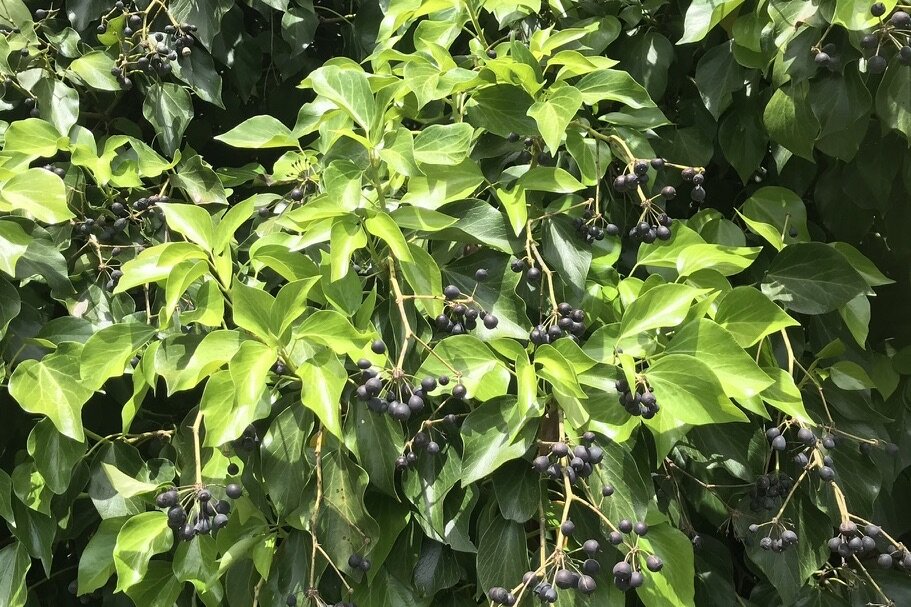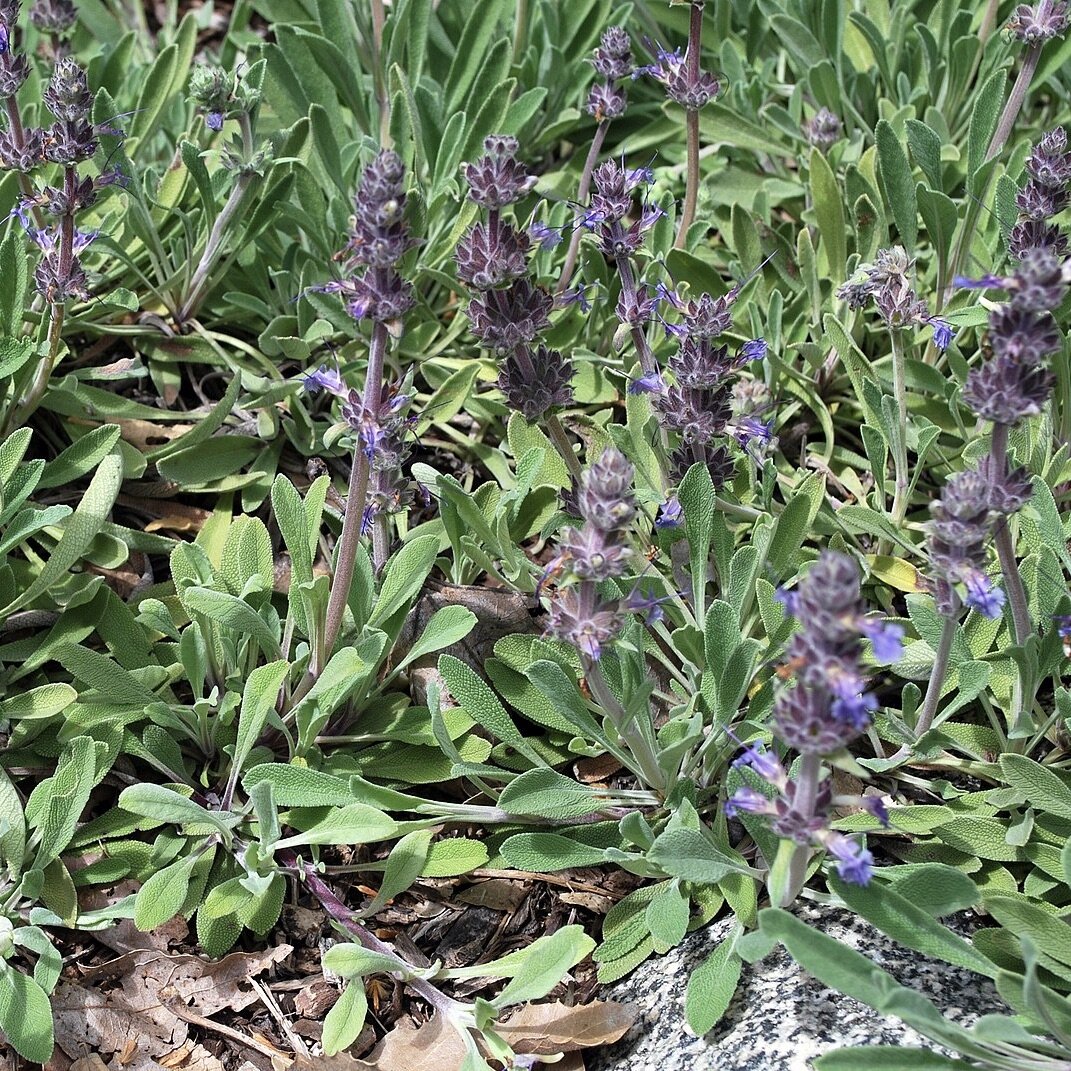Privets and other Pet Peeves
By Claire Elliott, Senior Ecologist
You may know that Grassroots Ecology’s team has worked for many years to restore habitat in our local parks and preserves. But, did you know we also have projects designed to support nature in our cities?
Urban land rings the bay between the baylands and the foothills. Wildlife is benefited when it can move into urban land to find food and the right microclimate. Grassroots Ecology’s projects in urban areas improve habitat and support “nature’s services.” These projects include:
Green stormwater projects: rerouting and/or storing rainwater to irrigate vegetation and filter into groundwater rather than rushing into storm drains and eroding creeks.
Creating habitat by planting native plants that provide the important base of the local food chain.
Removing invasive plants that take up the space where native plants can thrive.
Source: https://www.planbayarea.org/sites/default/files/pdf/Draft_EIR_Chapters/2.3_Land_Use.pdf
Through these efforts we support wildlife AND the human community. Studies are increasingly showing the importance nature in the city plays in our physical and emotional health, especially in times like this when getting outside the city is extra challenging.
Plants that did not evolve locally have a distinct disadvantage when it comes to supporting wildlife: they are not usually palatable to local insects. Our native insects have coevolved with local plants and so they have adapted to eat them. Insects are a very important source of protein for many species of birds and other types of animals. This is especially true when they are reproducing: laying eggs, and feeding their developing babies.
Plants from other parts of the world are often attractive and can provide us with tasty food, but if they are invasive, they wind up taking up much of the space that supports native plants (or wildlife food). Often they spread into urban parks and creek corridors, but they can also spread into our own gardens.
Invasive ornamentals and edibles are a big problem. Three that I am on constant vigil for are Mexican feather grass, Algerian ivy and glossy privet. The following shares how to recognize these plants, why to avoid planting them, how to remove them, and alternatives to consider. As my coworkers can tell you, privets are a pet peeve of mine so I will start with them.
Glossy Privet
I probably pull 30-50 privet seedlings a year from my garden. But, worse yet, I have seen privet take over one of my favorite ecosystems: riparian (or creek) corridors. Despite this invasive quality, people can still buy privets and plant them in their yards. Glossy privet (Ligustrum lucidum) is our most common variety and is the most invasive variety of privet in the Bay Area.
Privet seedings are fairly easy to pull out, especially when the ground is moist.
Cedar waxwings eating privet fruit, soon to fly off and deposit seeds all over town. Photo by Sally Andrews.
Glossy privet can grow to about 30 feet tall with glossy leaves that are about 3-7 inches long, 1 to 3 inches wide, and pointy at the tip. The flowers are white and the fruits are in clusters of small, round blue berries at the ends of the branches. The birds who sit in the street trees in my neighborhood during the summer often leave purple splats of privet fruit. I have heard that this is evidence that birds get little nutritional value from privet fruit which apparently acts like a laxative—the fruit passing through them is barely digested.
Some people point out that at least the birds have something to eat. But here is an interesting question: do you ever see privet leaves full of holes? I have seen very few. The lack of holes is evidence that insects are not eating them. This means the birds are getting plenty of dessert from the privet, but not the main course (insect protein) they need to reproduce!
It is relatively easy to pull privets as small seedlings or even saplings if the ground is moist. Larger saplings or small privet trees can be removed with weed wrenches as volunteers have done working with us in Bol Park Palo Alto. It is much more challenging to remove grown trees, but it is possible, and fabulous to see them removed and replaced with native trees.
Larger privet can be pulled out with weed wrenches as shown here in use by our volunteers at Bol Park.
If you decide to replace a privet in your yard, good native choices that are small, evergreen trees, provide good insect food, and have fruit color include toyon (Heteromeles arbutifolia), wax myrtle (Morella californica) and hollyleaf cherries (Prunus ilicifolia). If you don’t mind the tree dropping its leaves in winter, blue elderberries (Sambucus nigra) are also a great habitat plant. They have pretty white flowers, support lots of beneficial insects, and the berries are even edible for people if you cook them first.
Toyon is a small tree or large shrub and shows off its bright red berries in December. Photo by Jan Nelson.
Blue elderberry is a large deciduous shrub with large clusters of white flowers and deep blue berries. Photo by Ken Raiz.
Algerian Ivy
My least favorite vine to find in the parks we work in is ivy. I have helped remove ivy in Redwood Grove in Los Altos, Hopkins Park, a long thin creekside park in Palo Alto, and Stulsaft Park in Redwood City. However, it is very satisfying to see many square feet of ivy monoculture that supports snails and rats become a diverse ecosystem that attracts birds and bees!
Ivy seedlings are easy to remove, but grows fast and can form a trunk several inches across. When ivy grows in the sun, the leaf shape changes and it produces fruit to entice birds to distribute seeds which will sprout new plants.
There are numerous ivy species in the genus Hedera, including one commonly known as Algerian ivy. Other Hedera sp. are similar looking with glossy leaves with woody vines. There is another locally-invasive vine with the common name ivy and that is Cape ivy. It is a very invasive plant from South Africa and found along many creeks on the Peninsula. Fortunately, it is not easy to find it to purchase as an ornamental.
Walmart is peddling Algerian ivy as a “classy groundcover.” If you ask me, plants that attract snails and rats are not classy! Plus, you don’t even need to buy ivy to have it in your yard—it is so invasive that when we first moved into our home we had a fence covered with ivy that we worked hard to remove, and now 20 years later I often find seedlings planted by birds in my garden.
Prostrate ceanothus is a great option for groundcover. Photo by Chaney Swiney.
Creeping sage is also a good choice if you have a dry and sunny area. Photo by Bri Weldon.
Alternative native groundcovers for your yard include low, prostrate shrubs like wild lilac (Ceanothus) and coyote brush selection (Baccharis pilularis, ‘Pigeon Point’). In an irrigated full shade garden, try wild ginger (Asarum caudatum). Or in full sun, consider a drought tolerant creeping sage (Salvia sonomensis) that will attract lots of pollinators to your garden!
Mexican Feather Grass
Ornamental grasses are making a big splash in the landscape world, and I see why—there are so many varied and interesting grasses in the world! However, we should be vetting these grasses for potential invasiveness before we allow the nursery trade to carry them. A particularly worrisome one to me is Mexican feather grass (Stipa tenuissima).
Mexican feather grass spreads by wind and rain, but the seedlings are easily to pull.
Mexican feather grass looks to me like a head of blond hair with bad split ends. It has small wiry leaves and seeds with very long thin curly tangled “awns” that help them disperse well. They spread by seed into cracks in the sidewalk, urban parks, and neighborhoods near where they are planted. And sometimes not so near, like Arastradero Preserve, possibly by blowing out of gardeners’ pickup trucks.
Pulling Mexican feather grass is fortunately fairly easy, again, especially when young. You will first see it appear as very wiry looking sprays of leaves a little like the markers called “landscape whiskers”. Another advantage to removing them when small is that It is best to get them out of your garden before they set seed.
There are lots of attractive native grasses to replace Mexican feather grass. Our state grass Purple needlegrass (Stipa pulchra) and its smaller cousin Foothill needlegrass (Stipa lepida) are good habitat plants (hosts to small butterflies called skippers and ringlets). However, they have an open form that some find messy looking. I have both in my garden and find S. lepida is better for small spaces. Three other favorites I also grow at home are: California fescue (Festuca californica), California melic (Melica californica), and June grass (Koeleria macrantha).
June grass is a small bunch grass with pretty seed heads. Photo by Don Pedro.
California fescue loves to grow in partial shade of oaks but will take more full sun as well.
As I have converted my home landscape to primarily native species, I have observed many more birds, two species of salamanders, western fence lizards, and many more bees and butterflies. This has been especially enjoyable this spring as we have not been able to get out and explore nature farther from home. We hope you will (or already do!) enjoy creating urban habitats at your home, business, and/or community centers without these three culprits.













